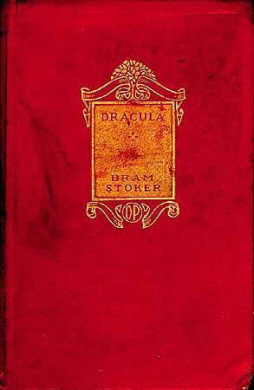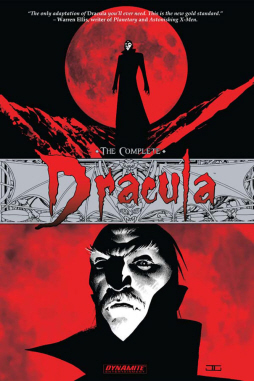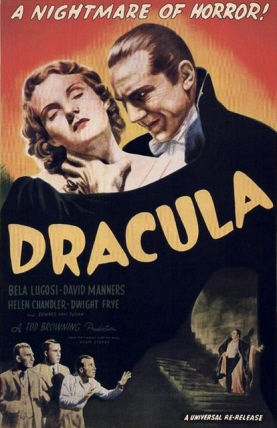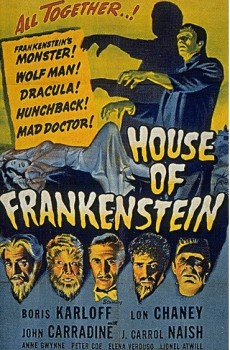Supernatural Reality: Stoker’s Dracula Hidden in Plain Sight
 Most literary criticism of Bram Stoker’s Dracula is limited to treating the work as one of the more blatant examples of Victorian sexual repression. A few more adventurous critics are eager to play Freudian detective and speculate what the book reveals about the author’s possible sexual feelings for Sir Henry Irving or his alleged serial infidelity with East End prostitutes.
Most literary criticism of Bram Stoker’s Dracula is limited to treating the work as one of the more blatant examples of Victorian sexual repression. A few more adventurous critics are eager to play Freudian detective and speculate what the book reveals about the author’s possible sexual feelings for Sir Henry Irving or his alleged serial infidelity with East End prostitutes.
Rare is the literary critic who looks at the recurring theme throughout the book of the difficulty modern man faces in accepting the supernatural as reality.
From its first page to its last, this is what Stoker is most interested in shaping his story around. The book has become so ingrained in our culture that millions who have never read it have absorbed the gist of the plot from the past century of adaptations, rip-off’s, and parodies in film, television, theater, and books.
This is part of the reason why the concept is missed, but the greater reason is the one Stoker illustrates time and again in his book – we deliberately ignore what we can’t comfortably explain.

 Dracula by Bram Stoker frequently vies with The Maltese Falcon by Dashiell Hammett as my favorite book.
Dracula by Bram Stoker frequently vies with The Maltese Falcon by Dashiell Hammett as my favorite book. House of Frankenstein (1944)
House of Frankenstein (1944)